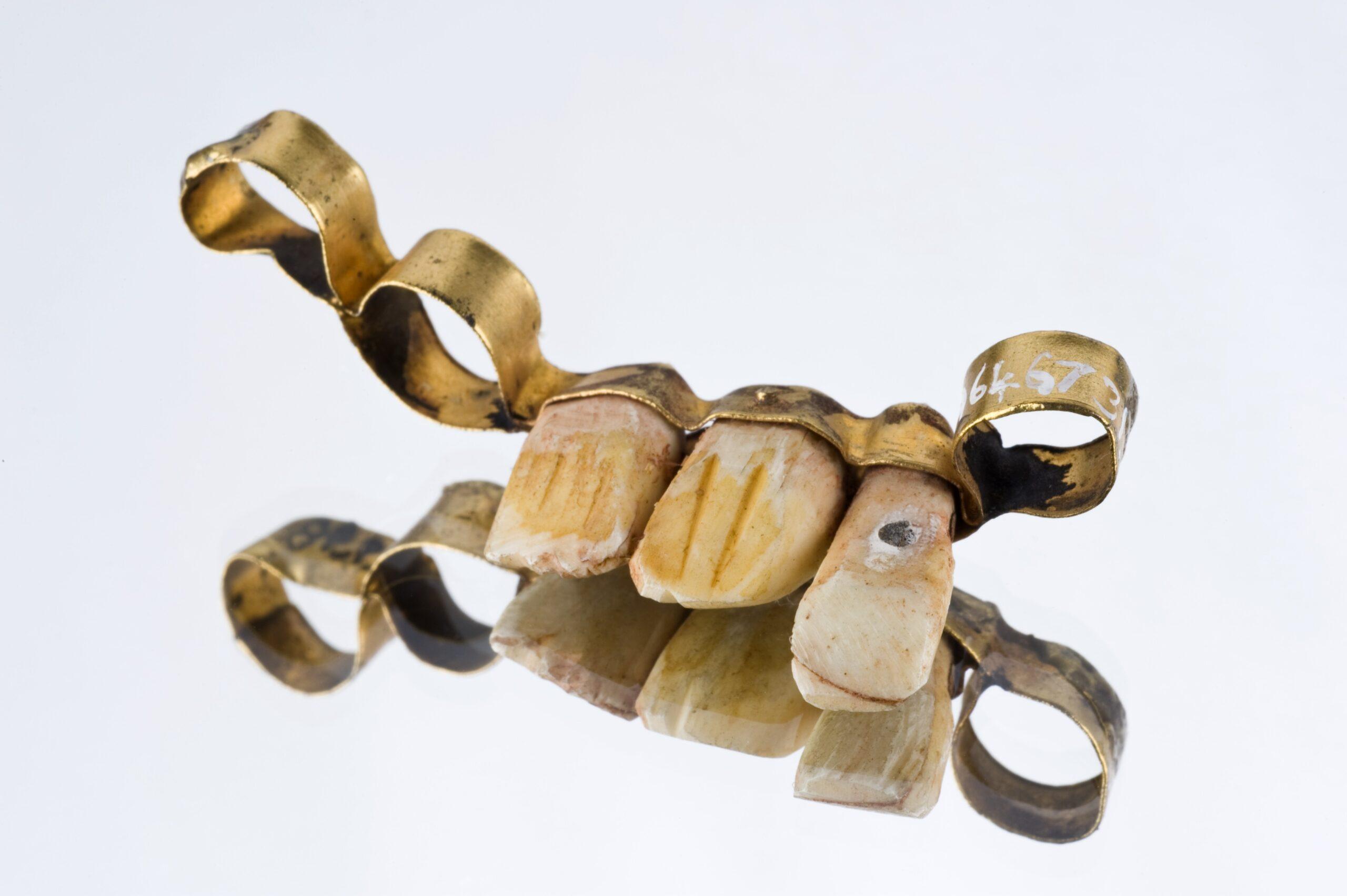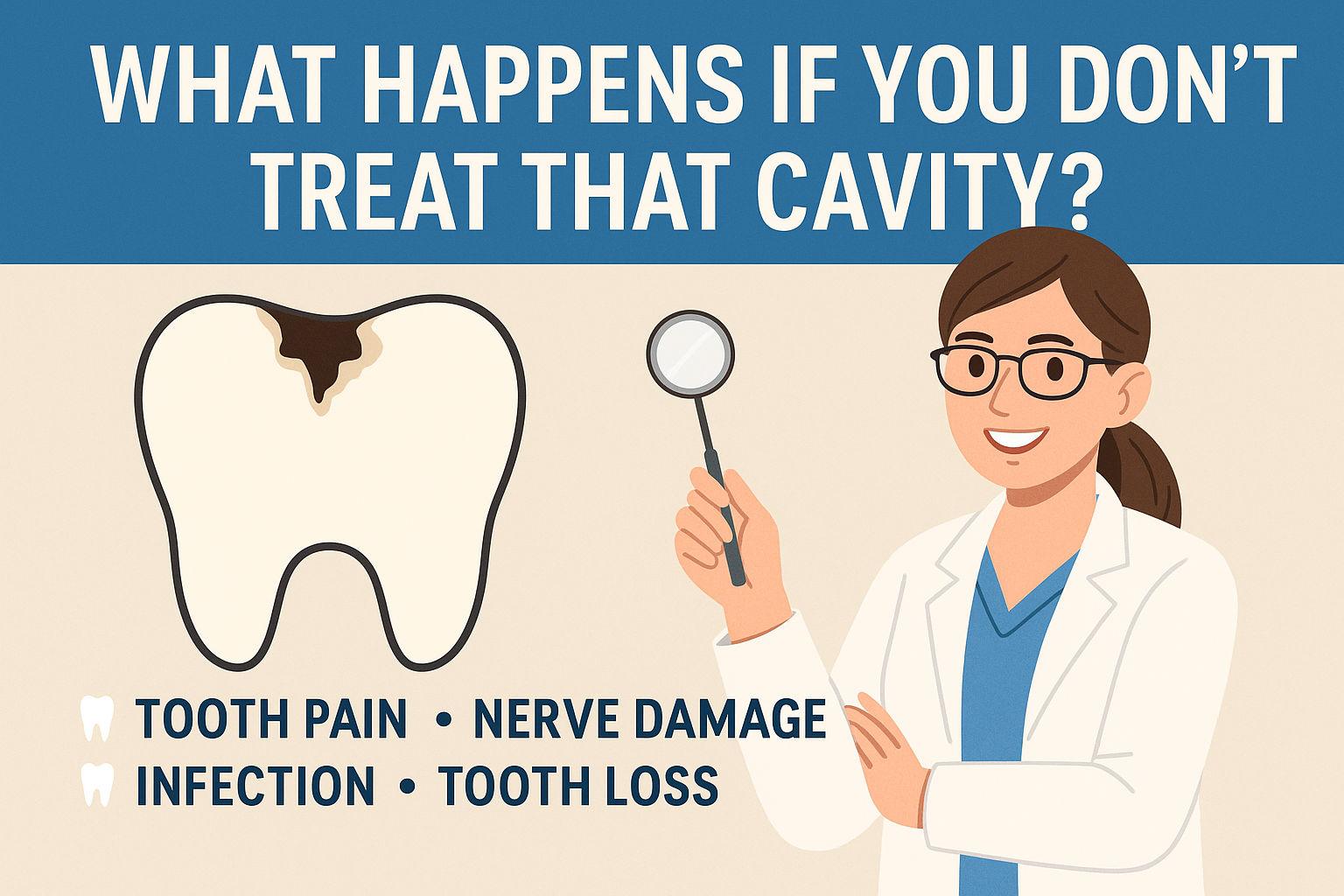Dental bridges have been a cornerstone of restorative dentistry for centuries, providing solutions for missing teeth and restoring smiles to their former glory. In this blog post, we embark on a journey through time to uncover the rich history of dental bridges, tracing their origins, technological advancements, and cultural significance across different civilizations and eras.
1. Ancient Beginnings:
The concept of dental bridges dates back to ancient civilizations, where early attempts at tooth replacement involved crude materials such as animal teeth, ivory, and seashells. Archaeological discoveries from civilizations like the Egyptians, Etruscans, and Mayans reveal evidence of rudimentary dental prosthetics used to fill gaps caused by missing teeth.
2. Innovations in Antiquity:
As civilizations flourished and medical knowledge expanded, so too did the techniques for dental restoration. Ancient Greek and Roman physicians experimented with various materials, including gold, silver, and human teeth, to create more durable and aesthetically pleasing dental bridges. These early innovations laid the groundwork for future advancements in dental prosthetics.
3. Renaissance Revival:
During the Renaissance period, a renewed interest in science and medicine led to significant strides in dental care. European craftsmen and dentists developed more sophisticated methods for creating dental bridges, utilizing materials like porcelain and ivory to achieve lifelike aesthetics. The emergence of dental guilds and professional societies further contributed to the standardization and regulation of dental practices.
4. Industrial Revolution and Beyond:
The Industrial Revolution marked a turning point in dental technology, with the advent of mechanized production techniques and the introduction of new materials such as vulcanized rubber and acrylic resin. These advancements made dental bridges more affordable and accessible to a broader population, revolutionizing the field of restorative dentistry.
5. Modern Marvels:
In the 20th and 21st centuries, rapid advancements in materials science, digital imaging, and computer-aided design have propelled dental bridge technology to new heights. Modern dental bridges are custom-designed using state-of-the-art CAD/CAM software and fabricated from high-strength ceramics or metal alloys for superior durability and aesthetics. Additionally, implant-supported bridges have become a popular alternative, offering increased stability and longevity.
Conclusion:
The evolution of dental bridges is a testament to humanity’s enduring quest for oral health and beauty. From humble beginnings in ancient civilizations to the cutting-edge innovations of the modern era, dental bridges have undergone a remarkable transformation, enhancing smiles and improving quality of life for countless individuals worldwide. As we continue to push the boundaries of dental technology, the legacy of dental bridges remains a testament to the enduring power of innovation and ingenuity in the field of dentistry.









